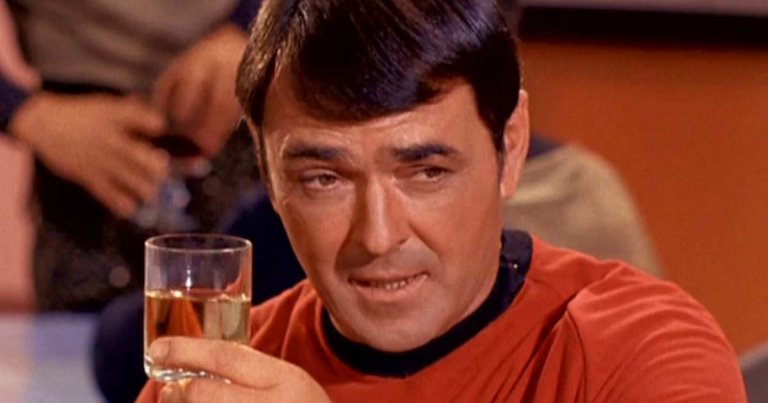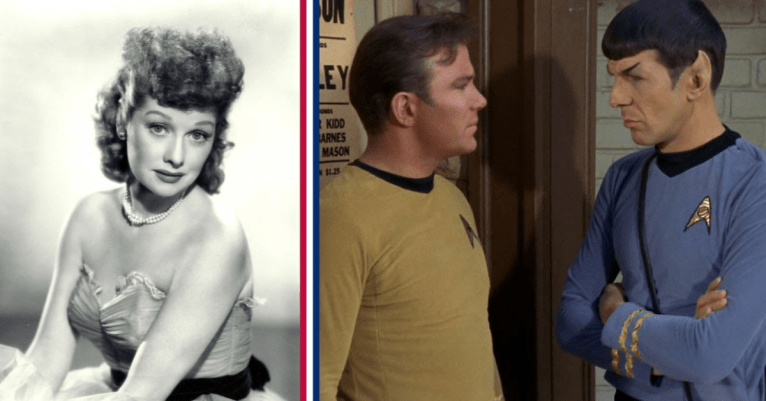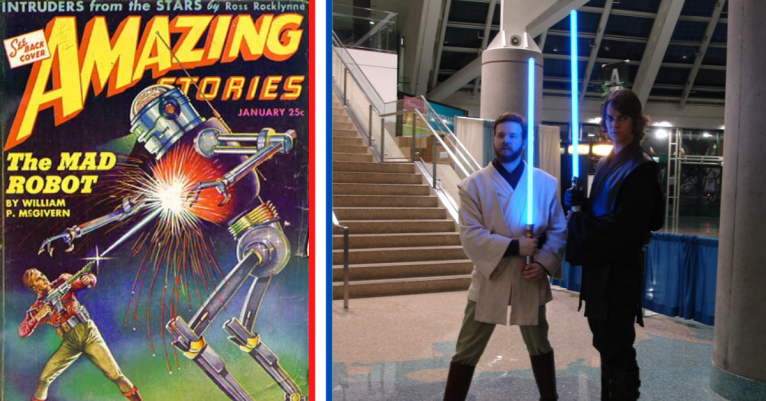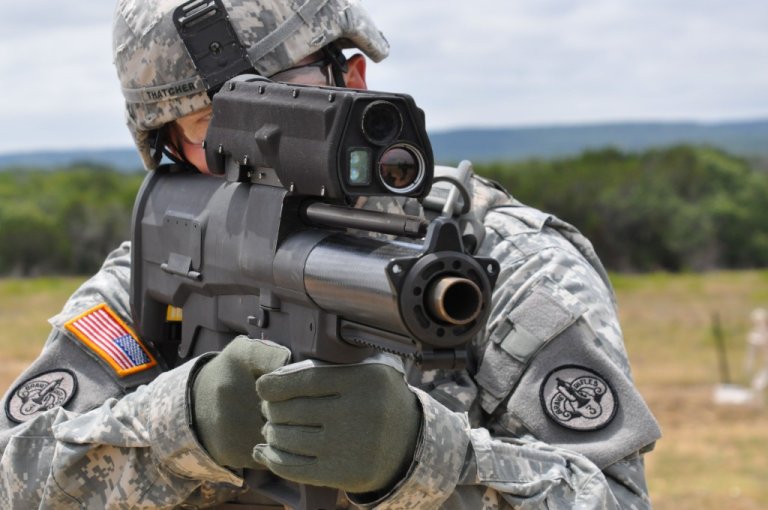

Over the years, the various iterations of the “Star Trek” franchise have inspired countless young men and women to pursue careers in cutting-edge technologies, space sciences, and related fields. As a kid growing up on a steady diet of “Star Trek: The Next Generation,” however, I saw something else that spoke to me: a command structure that each and every crew member had the utmost faith in.
The crew of the USS Enterprise each knew where they fell within the decision-making hierarchy, what their role and responsibilities were, and most importantly, who to look to when it came time to make hard decisions.
Breaking the chain of command or violating direct orders, of course, played a pivotal role in many episodes and movies. However, in my young mind, this only further emphasized the importance of command: Starfleet captains were forced to decide between their orders and what they knew to be right.
Almost universally, the captain who erred on the side of ethics got off scot-free, no matter how egregious their crimes. Good leadership, I learned, is about facing failure head-on, accepting the consequences, and doing what needs to be done.
Leadership in Starfleet, like in today’s real-world military, is a near-constant life-or-death matter. Fortunately for the “Star Trek” universe, there is a test to determine if you have what it takes to lead in such an environment.

The Test
The Kobayashi Maru test was first shown on screen in 1982’s “Star Trek II: The Wrath of Khan.” The premise is simple: a cadet is placed in command of a starship simulator and tasked with responding to the distress call of a damaged fuel carrier: the Kobayashi Maru.
The stranded vessel is adrift in the neutral zone dividing Starfleet’s Federation Space from the Klingon Empire. The cadet-turned-captain has to make a hard decision: do you risk war with “Star Trek’s” Cold War Russian stand-ins, the Klingons… or do you allow the civilians to die?
The right thing to do, of course, is to rescue the civilians. But the moment a cadet issues that order, things go bad. Communications with the civilian vessel are immediately lost just as multiple Klingon warships appear in pursuit. In clear violation of the treaty between their peoples, the cadet-in-command can try to talk their way out of trouble, turn and fight, or leave the civilians to their fate and run.
But it doesn’t matter. The cadet’s ship is invariably destroyed. All crew members are lost. It’s a spectacular failure, both in terms of the lost vessel and the lost lives. For an aspiring Starfleet captain, it’s a living nightmare… and that’s the point.

Kobayashi Maru: The “no-win scenario”
No matter how long you serve in the military or how competent a leader you are, failure comes for us all. If you’re fortunate, your most egregious failures will all come in training environments, and you’ll never have to go home with the weight of lost brothers or sisters on your conscience. In the worst of scenarios, victory or failure may be entirely outside of your control, but the burden of loss remains. When someone dies under your command, be it in combat or otherwise, it sticks with you.
You’ll keep moving, you’ll keep working, but late at night, when you’re alone with yourself, you can feel the weight of it bearing down on you. Good leaders know they’re going to hurt, but importantly, know how to get the job done anyway. They know that sometimes failure is unavoidable… often because they’ve faced their own Kobayashi Maru somewhere along the way.

The measure of a good leader
I lost a Marine to suicide only weeks after being given my own squad. It tore our team apart and reshaped my approach to leadership and service. If I could be called a good leader after that, it wasn’t because I was born with an innate ability to rally the troops or because I had the decision-making prowess of Jean-Luc Picard.
It was because I’d already felt the crushing weight of failure pulling me down into the darkness. I’d already been up at night, assessing what I did wrong. I’d already looked a grieving mother in the eyes and choked as I stammered an apology.
Failure is an unavoidable part of any military operation, but good leaders know how to roll with even the most crushing of punches. Some may come to the table with that ability, while others, like me, have to learn it the hard way — by failing. The measure of a leader is their ability to recover from failures, their capacity to lead in adverse conditions, and their willingness to bear the weight of their conscience without compromising the task at hand.
Every military leader needs to face the Kobayashi Maru sooner or later. Starfleet is just smart enough to add it to the training schedule.





